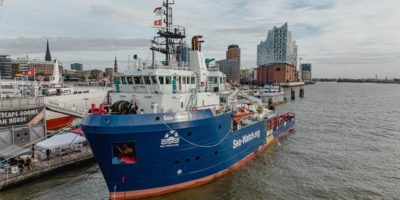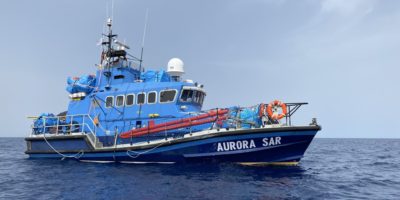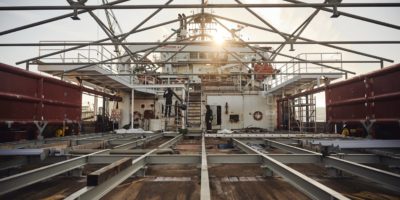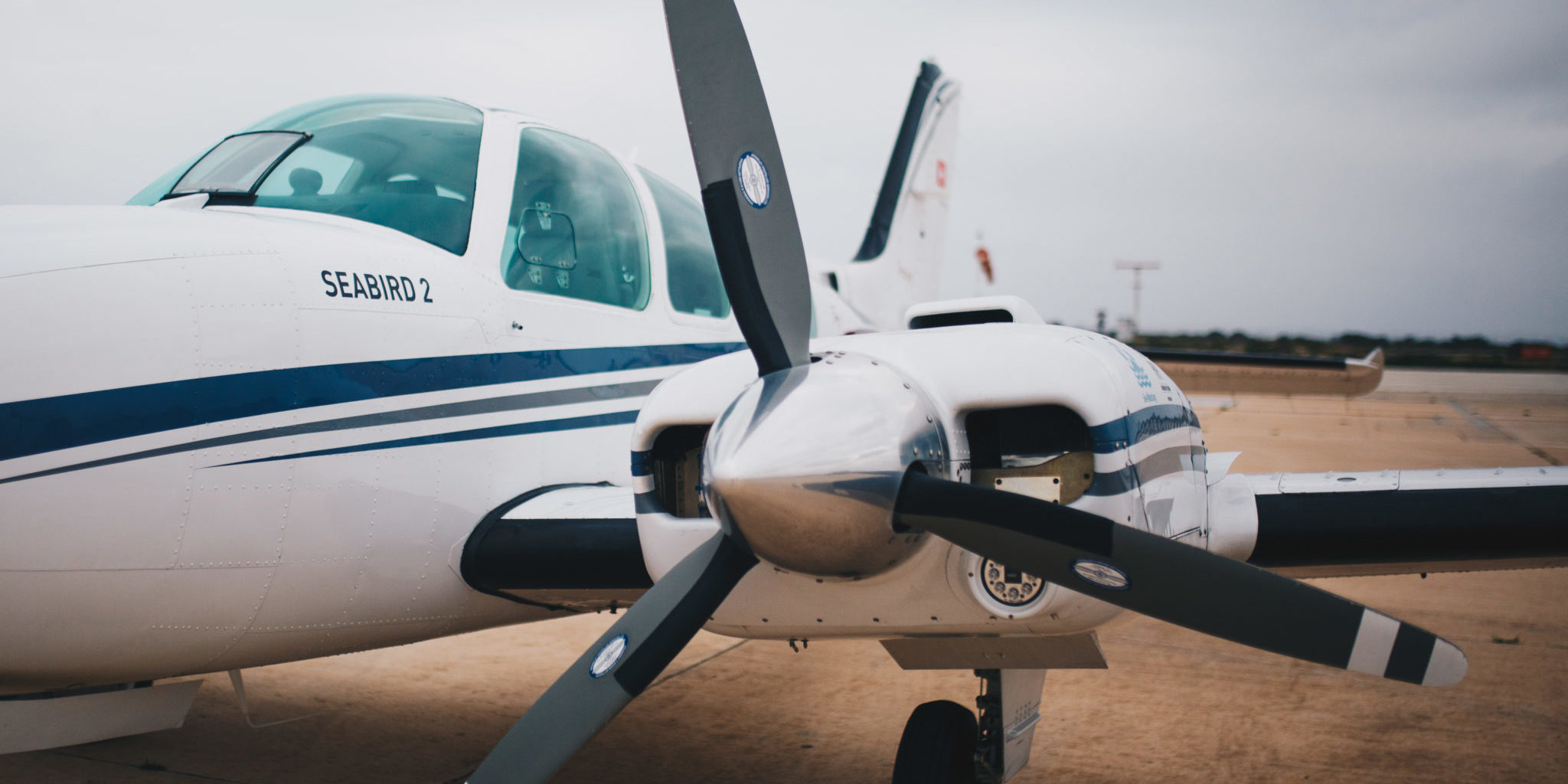Samira is Tactical Coordinator for our air reconnaissance mission Airborne. Airborne has been flying reconnaissance missions over the Mediterranean Sea since 2017. From the air, they document human rights violations and support the civilian fleet – since February 2022 with a new aircraft, the Seabird 2.
On 19 February 2022, Seabird 2 flew its first mission.
Samira: Actually, we had been planning the first mission with Seabird 2 for weeks. However, we had to wait for a final inspection. As soon as we got the go-ahead, we pulled out all the stops so that the Seabird 2 could take off as quickly as possible. During these days, Sea-Watch 4 was patrolling the search and rescue area and we wanted to support our friends on the water as best we could from the air. It was quite a challenge, but we managed to deploy the Seabird 2 on its first mission on February, 19th.
How did the first mission go?
Samira: Shortly after arriving in the area of operation, we were able to witness an illegal pull-back. 80 people were pulled back to Libya by the so-called Libyan Coast Guard, a country where human rights violations are commonplace.
Moments later, we discovered a small fibreglass boat with 8 people on board. In retrospect, this was absolute luck, because the boat was so small that it was bordering on a miracle that we spotted it. Fortunately, the Sea-Watch 4 was only eight nautical miles away from the boat. The crew of the Sea-Watch 4 managed to safely take all the people on board.
As our mission progressed, we spotted a second vessel of the so-called Libyan Coast Guard. With 20 people on board and traveling at almost 30 knots – that’s about 60km/h! – it sped across the water. As is so often the case, the 20 people were sitting on deck, exhausted and completely unsecured – a life-threatening situation! Such observations are part of the sad everyday life of our work. They underline how negligent and ruthless the so-called Libyan Coast Guard is in dealing with people on the move – and all this is financed by the EU!
Can you tell us something about the new aircraft? What type of aircraft is it and what features make it suitable for our aerial reconnaissance mission?
Samira: The Seabird 2, like its sister Seabird 1, is a high-performance twin-engine Beechcraft Baron 58 aircraft. The sea area we can cover with our Seabirds on a mission is almost twice as large as that of their predecessor Moonbird, around 27,000 km2. In addition, we can spend much more time – about 7.5 hours in total – in the area of operation.
There is room for up to five crew members on board. The calculation is simple: The more people fit on board and keep a lookout for sea emergencies during the missions, the greater the probability of discovering boats in distress. Moreover, since the Seabirds are twin-engine aircraft, we can ensure significantly more safety for our crew on board.
Not to mention the organisational effort, which is of course significantly reduced by operating two aircraft of the same type. Through the operations with Seabird 1 since June 2020, we have been able to gain a lot of experience with this aircraft type and adapted the aircraft to our operational needs.
The fact that the Seabird 2 is now of the same type saves us a lot of time and effort, because if we had decided to purchase a different aircraft type, we would have had to first familiarise ourselves intensively and plan completely differently. Instead, with the Seabird 2 we were able to take off into the field without delay!
The Seabird 2 will be used alongside the Seabird 1 in the future. It replaces our first aircraft Moonbird after almost 5 years in service. With Moonbird’s retirement, an era is coming to an end. What was one of your most memorable experiences on board?
Samira: I flew my first mission ever with Moonbird. Although I already knew about the circumstances in the central Mediterranean, seeing everything with one’s own eyes is a completely different experience.
It makes you realise the dimensions: 350km lie between the Libyan coast and Lampedusa. A rubber dinghy needs several days to cover this distance. During this time, it is exposed to weather, sun and waves without protection. If you have experienced the sometimes gigantic waves and weather changes in the Mediterranean yourself, it becomes clear once again that no one embarks lightly on this life-threatening crossing.
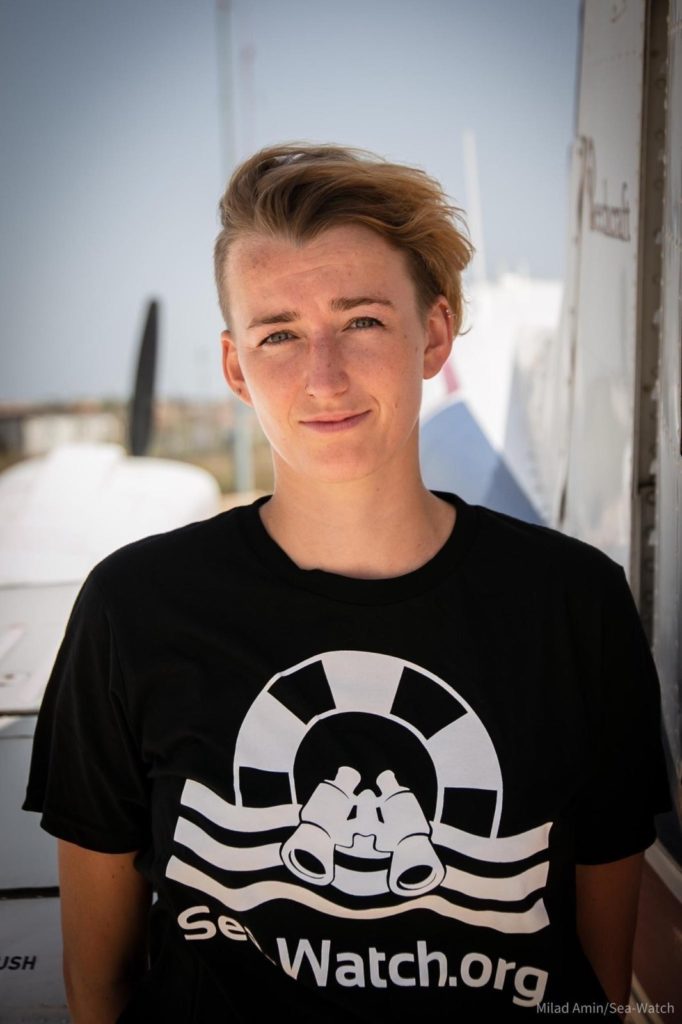
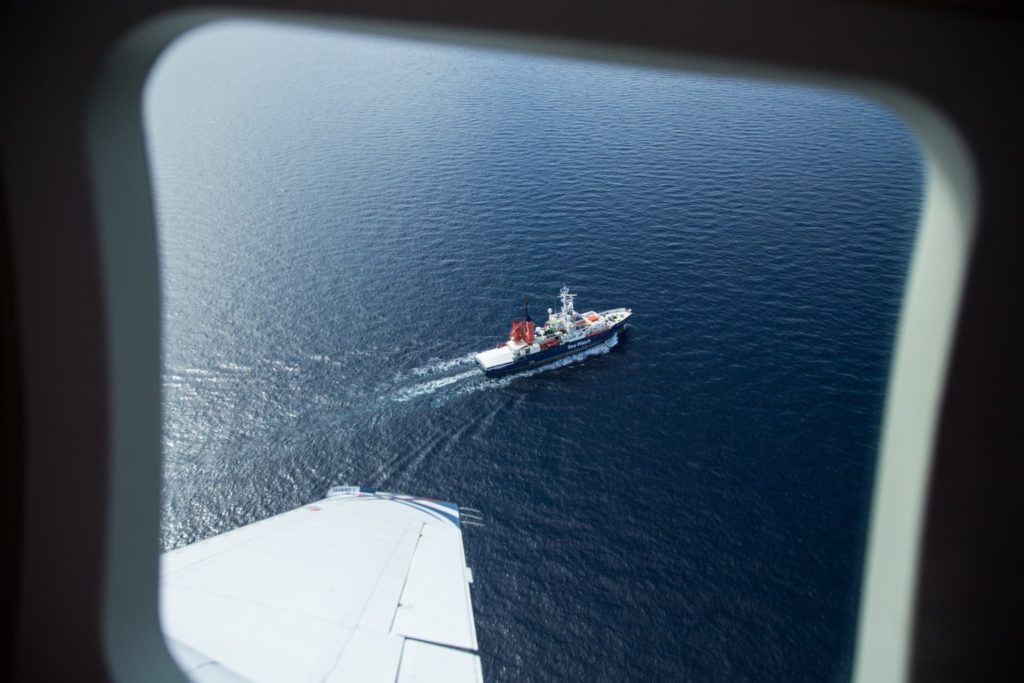
Just thinking about it, it makes me furious that people have to crowd together on these terribly dangerous boats and risk their lives instead of having safe and legal entry routes to Europe. And that’s not all, they are being subjected to additional suffering and danger by the EU’s dirty deal with the so-called Libyan coast guard!
The first flight with Moonbird laid the foundation for me to work tirelessly together with the rest of the Airborne team against the deadly European policy and the appaling violence in the Mediterranean. That’s why we’re on the ground, that’s why we now have Seabird 2. We continue to shine the spotlight on the effects of the EU’s inhumane migration policies.

